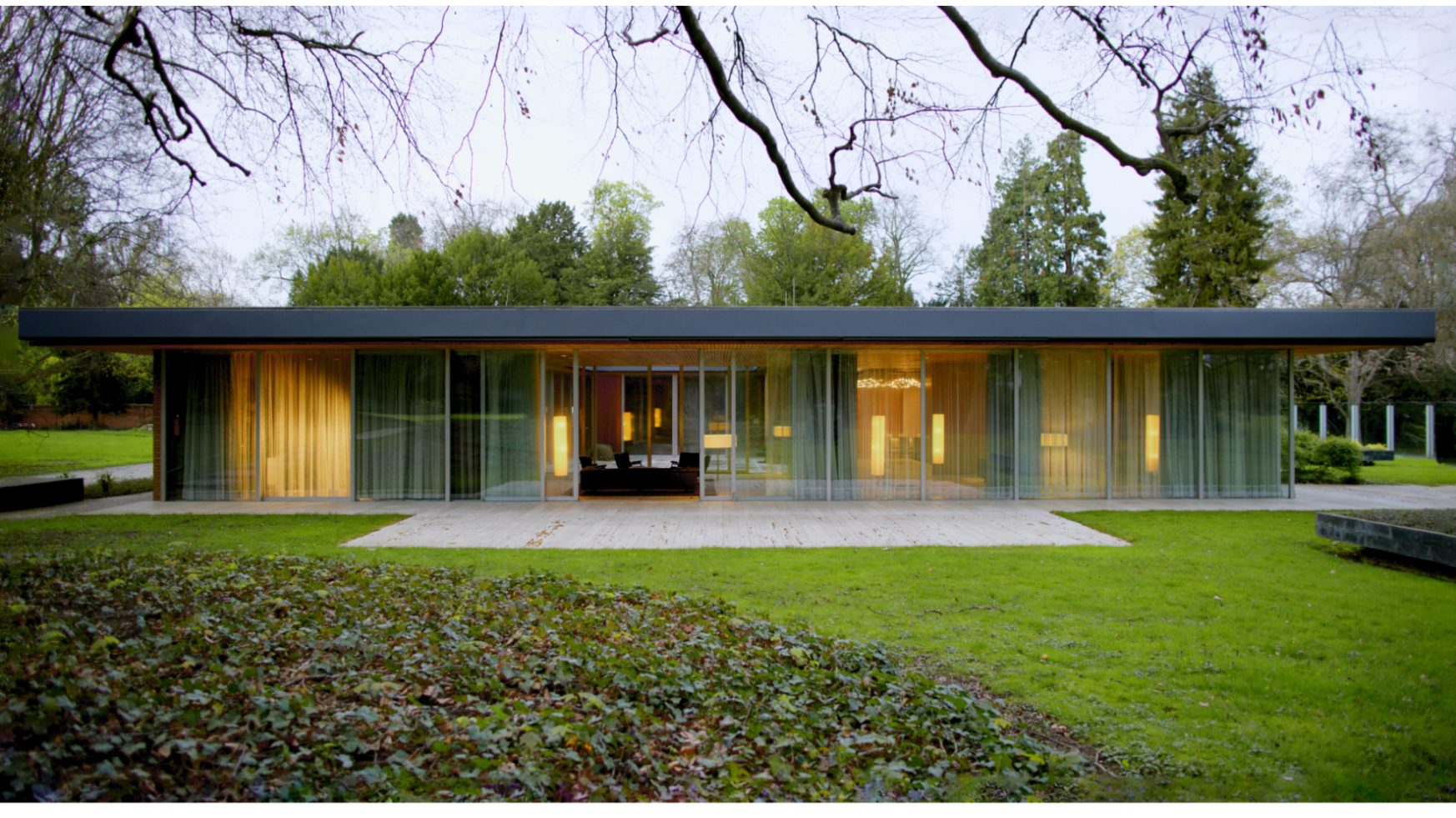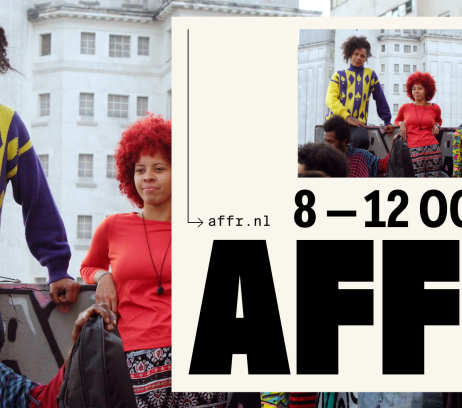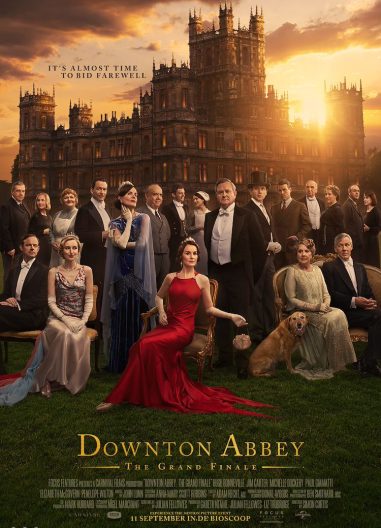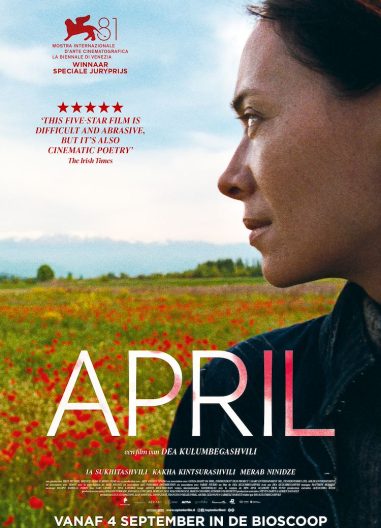Sep Ruf - The Architect of Modernism
De naam Sep Ruf zal niet iedereen bekend in de oren klinken, maar gezien zijn invloed op de naoorlogse architectuur van Duitsland verdient hij zeker meer aandacht. Met zijn verfijnde minimalistische stijl en democratische inborst droeg Ruf fiks bij aan de architectonische identiteit van steden als München en Neurenberg, waar hij meer dan 300 gebouwen op zijn naam heeft staan. Deze documentaire biedt veel inzicht in de nalatenschap van Ruf, een architect die de publiciteit vermeed maar zeer productief was, met voorbeelden als de NeueMaxburg, de Kanzlerbungalow en het iconische Duitse paviljoen op de Wereld tentoonstelling in Brussel van 1958. Zonder zijn stilzwijgen onder het Nazi bewind of zijn gebrek aan erkenning van medewerkers te negeren toont de film de reikwijdte van Rufs oeuvre en de culturele spanningen waar hij op reageerde.
Sep Ruf may not be a household name, yet his influence on post-war German architecture is definitely worthy of more attention. Known for his refined, minimalist style and his commitment to democratic ideals, Ruf made a significant contribution to the architectural identity of cities like Munich and Nuremberg, with more than 300 realised buildings. Spanning examples such as the Neue Maxburg, the Chancellor’s Bungalow and the iconic German pavilion at the 1958 World Fair in Brussel, this insightful documentary sheds light on Ruf’s understated legacy: an architect who avoided publicity but left behind a sizeable body or work. Not shying away from the architect’s silence during the Nazi era or the invisibility of his collaborators, the film captures the breath of Ruf’s oeuvre and the cultural tensions it responded to.
- 14:45
Kies tijdstip
De naam Sep Ruf zal niet iedereen bekend in de oren klinken, maar gezien zijn invloed op de naoorlogse architectuur van Duitsland verdient hij zeker meer aandacht. Met zijn verfijnde minimalistische stijl en democratische inborst droeg Ruf fiks bij aan de architectonische identiteit van steden als München en Neurenberg, waar hij meer dan 300 gebouwen op zijn naam heeft staan. Deze documentaire biedt veel inzicht in de nalatenschap van Ruf, een architect die de publiciteit vermeed maar zeer productief was, met voorbeelden als de NeueMaxburg, de Kanzlerbungalow en het iconische Duitse paviljoen op de Wereld tentoonstelling in Brussel van 1958. Zonder zijn stilzwijgen onder het Nazi bewind of zijn gebrek aan erkenning van medewerkers te negeren toont de film de reikwijdte van Rufs oeuvre en de culturele spanningen waar hij op reageerde.
Sep Ruf may not be a household name, yet his influence on post-war German architecture is definitely worthy of more attention. Known for his refined, minimalist style and his commitment to democratic ideals, Ruf made a significant contribution to the architectural identity of cities like Munich and Nuremberg, with more than 300 realised buildings. Spanning examples such as the Neue Maxburg, the Chancellor’s Bungalow and the iconic German pavilion at the 1958 World Fair in Brussel, this insightful documentary sheds light on Ruf’s understated legacy: an architect who avoided publicity but left behind a sizeable body or work. Not shying away from the architect’s silence during the Nazi era or the invisibility of his collaborators, the film captures the breath of Ruf’s oeuvre and the cultural tensions it responded to.












